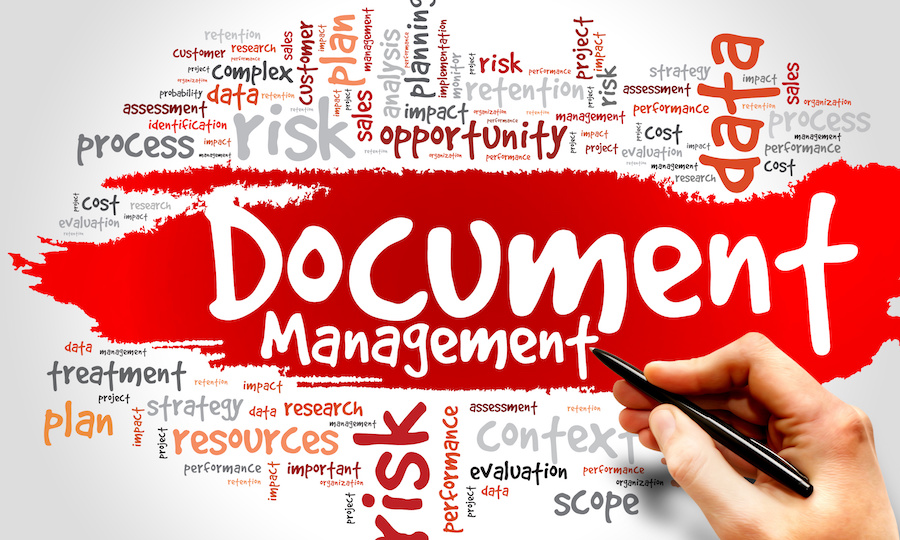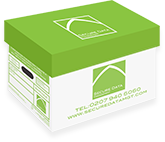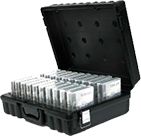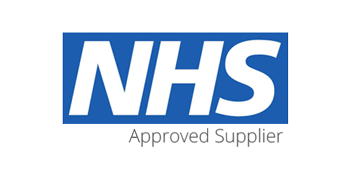With escalating real estate prices throughout the UK—and particularly in London—countless businesses in and around the city are considering professional document scanning as a viable alternative to on-site archive storage. An entirely paperless office may be a pipedream, but reducing unnecessary paper usage is certainly a realistic and commendable goal.
By reducing your hard-copy archiving necessity, having an effective imaging solution in place can produce significant workflow enhancements and cost savings. There are however many barriers to address before tackling the imaging process, which is why many companies choose to outsource the conversion process to document management and archiving professionals like Secure Data Management.
We have put together a quick guide outlining some key records management best practices you should have in place before starting any imaging project.
Have You Defined Roles and Responsibilities?
There should always be a clearly defined structure and workflow across your staff and departments when it comes to information management and storage. Document imaging bears no exception. At the very least you should establish a staff handbook documenting employee roles, during the preliminary bulk scanning of outstanding records and with ongoing conversions.
In order to guarantee compliance with your own internal records management policy, or external governance like the Data Protection Act, documented organisational accountability is a must. A meeting addressing these issues should be the first port of call in order to safeguard critical information continuity going forward.
Have You Developed a Thorough Records Schedule?
If every one of your employees were to scan documents sporadically without any defined parameters the process would be costly, time consuming and ultimately confusing. Your company may not have a dedicated records management professional on staff, so adequate training and a structured process should be put in place to reduce the likelihood of any conversion errors.
The most efficient way of achieving this is to develop a records schedule that identifies different document types, assigns criteria for identification and stipulates retention timescales per document as a minimum.
Do You Have a Disposal Procedure in Place?
Using the parameters established in your records schedule, each record type should have a suitable retention timescale defined. If no retention periods are outlined costs will quickly escalate as your archives inflate without any means of identifying and purging redundant documents.
As with physical real estate, digital storage space bears a cost-implication. An effective and thorough retention and destruction process for each will ensure that costs are minimised whilst preventing any data protection breaches. At Secure Data MGT, we can set review dates with automatic warnings for hard copy paper files and digital records in storage with us. We then offer methods of secure destruction for each, guaranteeing complete security and providing historical logs of such actions for your own proof of auditing.
Do You Have a Comprehensive Classification Guideline?
Simply scanning documents into a folder on your desktop is unlikely to offer any departmental benefits relevant to the time invested in the actual preparation and scanning of files. Each document should be indexed with various metadata protocols to support ongoing retrievals and quick identification. After all, unnecessary time spent searching for a particular record equates to unnecessary costs for your business.
Implementing custom scan profiles which zonally target particular areas of a document, such as a date or an invoice number, and automatically append this information to your imaged record can speed up this process considerably. However, this can require some technical know-how, expensive scanning equipment and a quality software solution.
Do You Have Adequate Security and Backup Measures?
The types of security and back up that you can implement vary greatly by how you envisage storing your imaged files. However, there should always be at least two versions of your data securely stored to aid recovery in the event of a disaster. More specifically, your records should be securely held some physical distance apart to prevent total loss of your critical records. We offer data tape rotation services, ensuring a reliable contingency is in place in the unfortunate event of any such disaster.
Another option would be to have your details stored in the cloud, accessible via a document management system. Your servers should have advanced back up options, such as a mirrored RAID setup, a high level SSL security certificate and be protected by a robust firewall solution. On top of this, the EDMS software solution you use should have a user access structure with different layers of security and password protection.
Have you considered using an EDMS?
After addressing everything mentioned in this article you are probably ready to begin document imaging, eager to modernise and speed up your business functions. The one missing element to tie all the hard work together is a robust electronic document management system from which to access your files throughout your organisation. An effective piece of software will help you maintain these records management best practices and help you reduce your paper output.
If you are considering implementing an EDMS system we have recently launched a new service, with storage space flexible to your needs. It enables various levels of user access with password protection, renders documents word searchable, ties in with your Microsoft Office applications and allows you to set retention dates for your documents. For more information about our document imaging services, get in touch today.











